This vCard is up for auction, closing in:
Make an offer 
Villa Clerici Milano
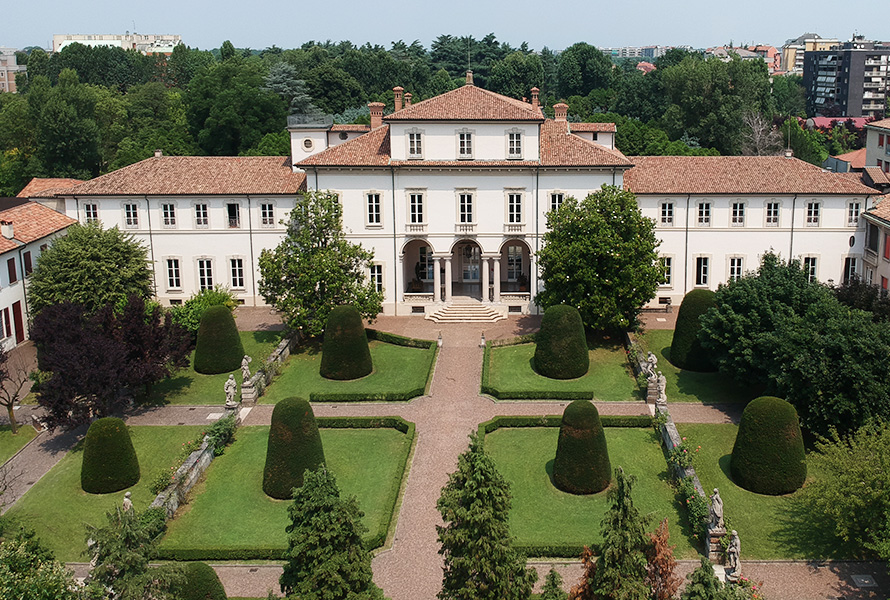
The history of Villa Clerici Milan is linked to the Clerici family, it has its roots in the 18th century and continues up to the present day, shaped by those who were its most prominent exponents and influenced its course with their own choices and vicissitudes.
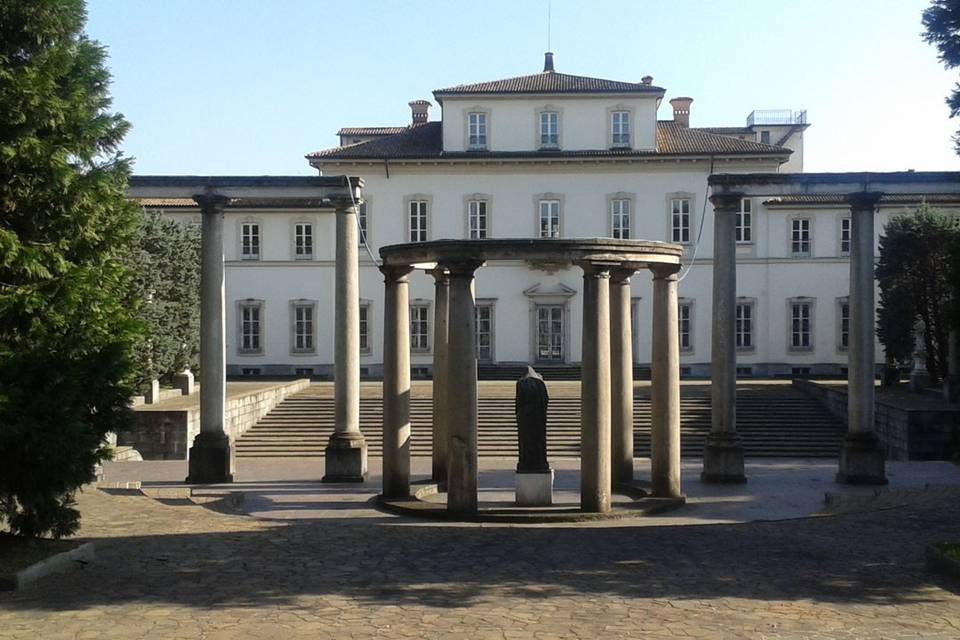
Belonging to the Lombard middle class, many lived and worked in the municipalities of Erba, Crevenna and Incino. The ancestors chose Erba to start businesses, acquire a certain number of lands and properties and fully enter the social and economic life of the time.

Ludovico Clerici (1714-1796) and his wife Margherita Croce, had ten children, seven sons and three daughters. Giuseppe (eldest son) decided to build a spinning mill and a spinning mill in the municipality of Crevenna with which to guarantee employment and a secure source of income for each of the brothers. The starting date of the activity and opening of the Giuseppe e F.lli Clerici company took place between 1768 or 1769.
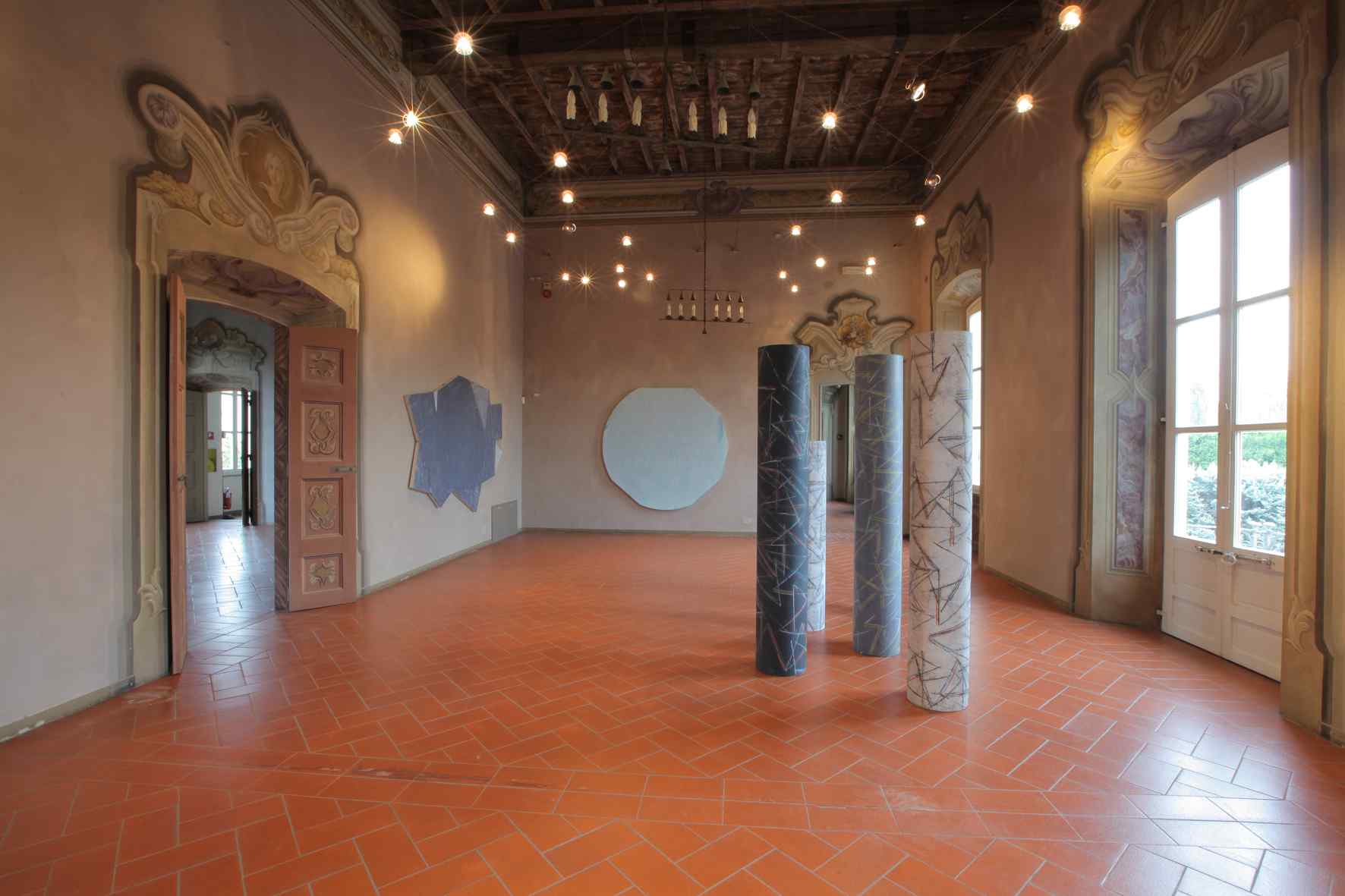
The transition from spinning mill to Villa took place at the end of the 19th century at the hands of the engineer. Carlo Clerici.
A prominent industrialist, he first founded Clerici, Conti & C. with Ettore Conti aimed at the production and distribution of electricity in some neighborhoods of Milan. It later became Edison Company, Eng. Clerici & C. and finally O.S.R.A.M., for the manufacture of lamps, founded in Milan on 10 April 1897.
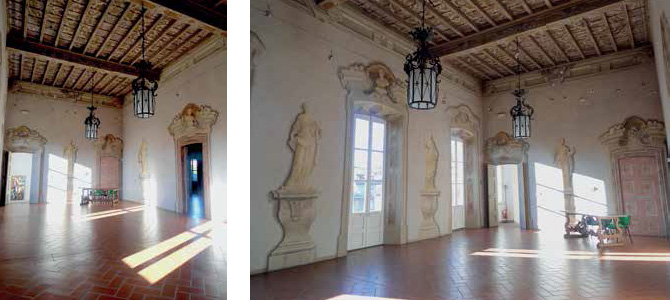
Carlo Clerici remained at the helm of the company until the 1950s, first as President and then as Honorary President.
It was built between 1722 and 1733, by the architect Francesco Croce, for the client Anton Giorgio Clerici as a villa of delight.

It has a large Italian garden in the front part with statues and decorations and an even larger green space in the back part with two amphitheaters for theatrical performances.
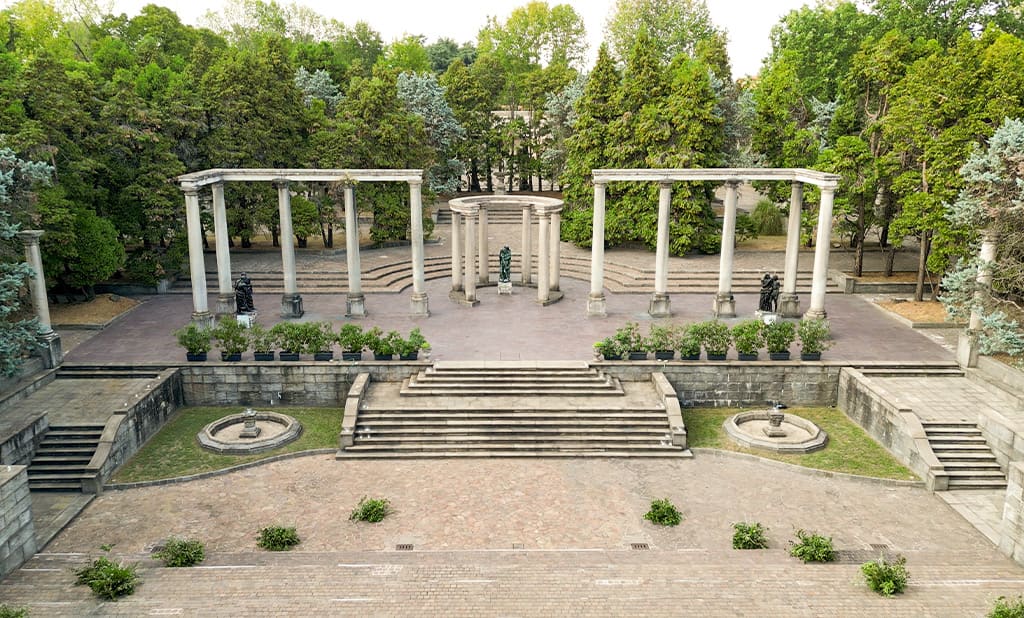
In the two lateral parts of the front garden there are as many chapels. The chapel on the right (looking at the villa), restored, is dedicated to Saint Teresa of Avila. It can be reached via a small avenue that leads to the entrance, at the beginning of which there are two statues dedicated to Saints Peter and Paul.
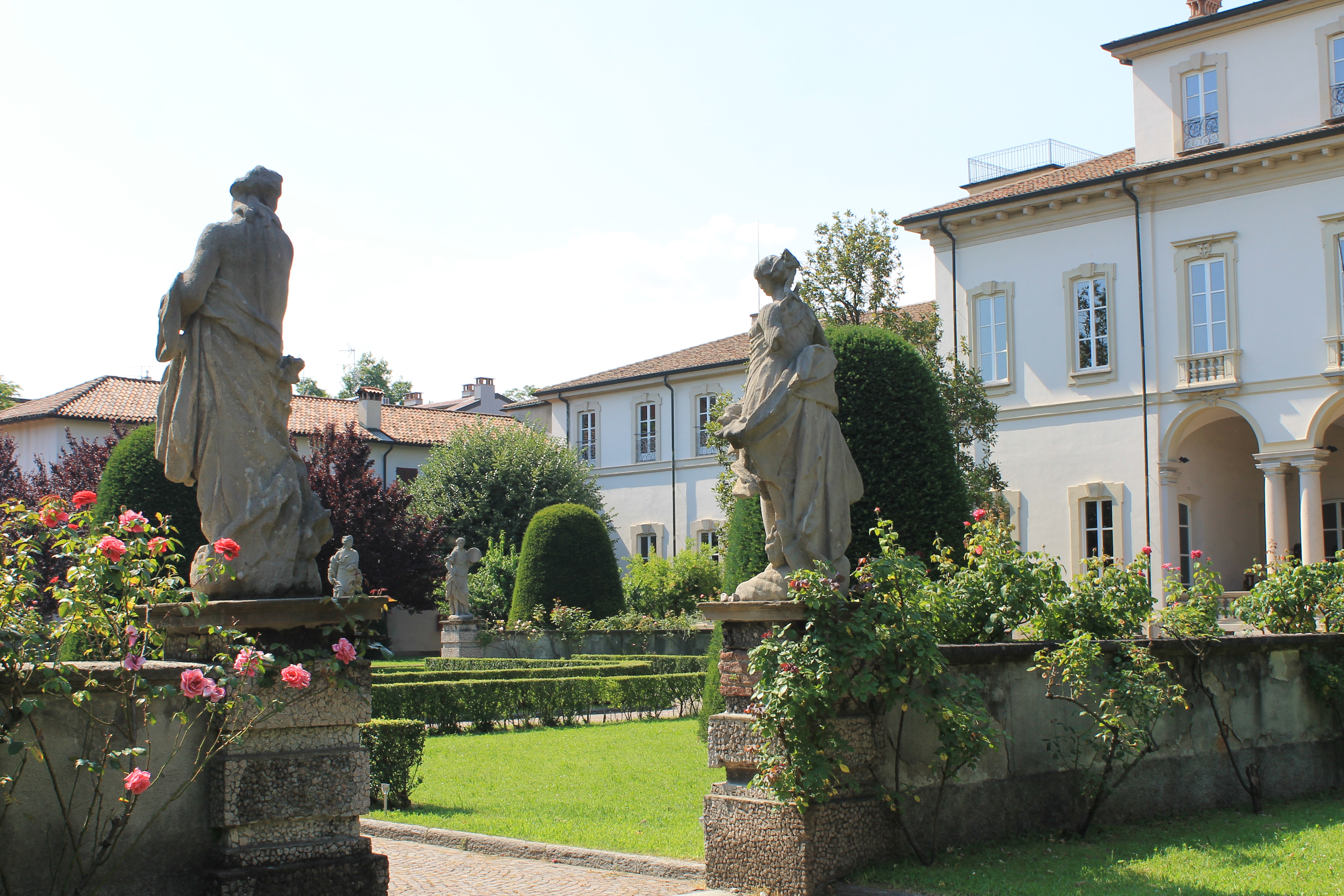
The entrance door of the chapel, in bronze, is by the sculptor Enrico Manfrini. Inside, the frescoed dome is by Luigi Filocamo, while the altarpiece is by Silvio Consadori. The polychrome stained glass window is by Aldo Carpi.
Map: Villa Clerici Milano
Address: Via Giovanni Terruggia, 8/14, 20162
Milano (MI) Lombardia
Latitude: 45.5179873
Longitude: 9.1872552
Site: http://www.villaclerici.it/...
vCard created by: culturalword
Currently owned by: culturalword
Type: Villa
Function: Events room
Creation date: 28-10-2020 09:35
Last update: 02/07/2024